In the short space of 14 years, from its inception 100 years ago in 1919 to its forcible closure under the Nazis in 1933, the Bauhaus school laid the foundations of the face of modern design, and established the system for how it was to be taught.
Marcel Breuer (1902-1981), for example, combined leather and textiles with his innovative tubular steel furniture to create tables, chairs and coffee tables with functional, modern designs. These designs became popular the world over and are still in production today. Breuer even named one of his chairs the Wassily Chair after his teacher, Wassily Kandinsky (1866-1944).
Walter Gropius’ Bauhaus was also something of a utopian social experiment. The teachers he brought in developed the school’s unique instruction methodology and practices. Kandinsky, for example, taught his students to apply theoretical analyses to color, points, lines and planes, while Paul Klee (1879-1940) taught how all complex forms evolve from simple basic forms. The key to grasping complex natural forms, according to Klee, was in understanding the process in which these natural forms developed, as with the way in which a plant grew, or a flower bloomed. In this way, abstract ideas could be realized in concrete form. Students would then take these principles and apply them to other things.
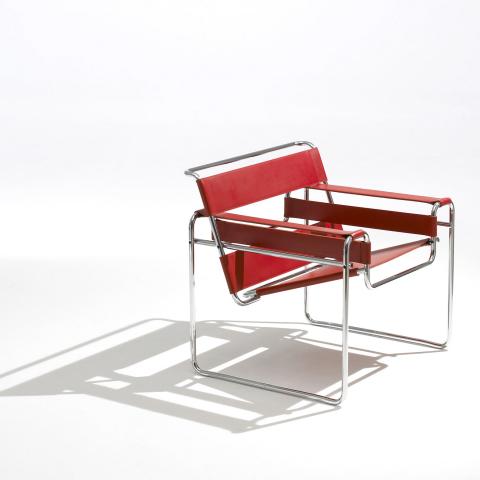
Photos: Wikimedia Commons
照片:維基共享資源
The school came under pressure from the Nazis because of its leftist leanings, and Gropius was obliged to relocate Bauhaus from Weimar to Dessau in 1925 as a consequence. At this point in time, Germany had largely recovered from the desolation of World War I. The economy was strong again. Bauhaus was able to take on a more practical role, to meet the market demands in its new home, and the school and the city were able to work together in the fields of graphic design, furniture, textiles and architecture.
American automobile manufacturer Henry Ford’s biography was translated into German in 1923. His concepts of the assembly line, standardized manufacturing processes and the scientific approach to management systems was instrumental in the creation of a more practical, industrialized orientation for German design. It also allowed the Bauhaus school to marry its idealistic design concepts with more practical applications and, through mass production, have its influence felt throughout the globe.
(Translated by Paul Cooper)
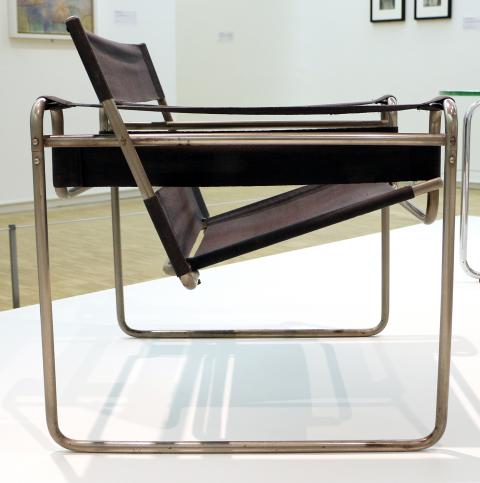
Photos: Wikimedia Commons
照片:維基共享資源
包浩斯從一百年前的一九一九年創校,到一九三三年被納粹強行關閉,短短十四年間,卻奠定了當代設計的風貌,即便是現今的設計教育系統,亦不出其範疇。
例如馬塞爾·布勞耶(一九○二~一九八一年)首創鋼管家具,結合皮革或紡織品,設計出大量功能良好、造型現代化的桌子、椅子、茶几等家具,風靡全世界,至今仍在生產。布勞耶甚至把一款椅子命名為「瓦西里椅」,來向老師瓦西里‧康丁斯基(一八六六~一九四四年)致敬。
葛羅培斯所構設的包浩斯,也是他帶有烏托邦色彩的社會實驗,他所聘請的老師,形塑了學生的訓練方式和作品實踐。例如康丁斯基教學生分析色彩和點、線、面等形體的理論;保羅·克利(一八七九~一九四○年)引導學生說,所有的複雜型態都是從簡單的基本型態演變出來的,若要掌握複雜的自然形態,關鍵在於了解自然形態形成的過程,例如植物生長、開花的過程等。如此一來,抽象的內容便和具體的設計聯繫起來,學生便得以舉一反三。
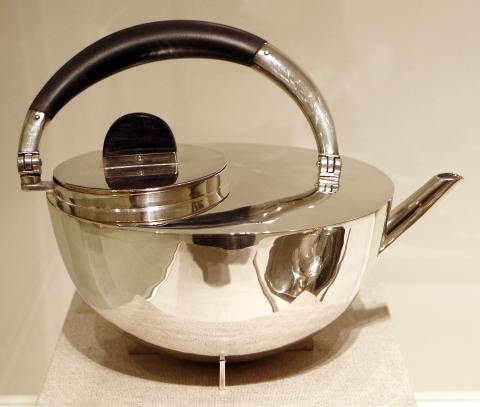
Photos: Wikimedia Commons
照片:維基共享資源
由於包浩斯的左派傾向,威瑪的納粹政府在一九二五年將包浩斯驅離,葛羅培斯便將學校遷至德紹。在此時期,德國已走出第一次世界大戰後的頹敗,成為經濟強國。由於德紹城市發展的需求,使得包浩斯更「入世」──舉凡平面設計、家具、織品、建築等,都是學校與德紹市「建教合作」的發揮場域。
美國汽車大王亨利·福特的自傳在一九二三年翻譯成德文出版,福特的流水線、標準化生產,以及科學管理體制,對德國設計轉向現實主義、工業化生產造成關鍵影響,也讓包浩斯帶有理想主義的設計理念與現實密切結合,隨著大量生產而影響無遠弗屆。
(台北時報林俐凱)
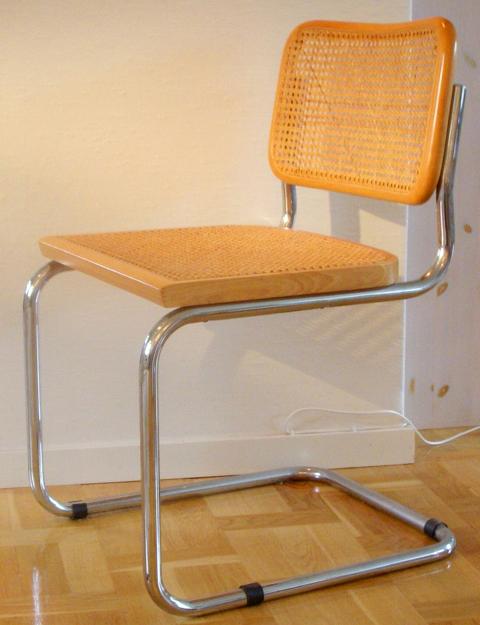
Photos: Wikimedia Commons
照片:維基共享資源

William I of Prussia, a passionate painter, often autographed his works with “tormentis pinxit” — “painted in pain” — as a nod to his struggles with gout. Other historical figures like King Henry VIII of England and Benjamin Franklin also suffered from this “disease of kings,” which was common among people indulging in luxurious diets. Gout is primarily caused by high levels of uric acid in the body. Uric acid forms as the body breaks down purines, which are found in foods like red meat and seafood. Normally, the kidneys filter out uric acid. However, if the body produces
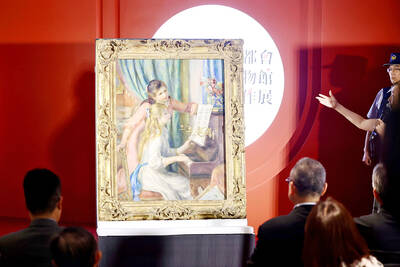
A: The National Palace Museum (NPM) has launched an exhibition, titled “From Impressionism to Early Modernism.” There are 81 masterpieces from the Metropolitan Museum of Art on display now. B: The exhibit, held to celebrate the NPM’s centennial, must be so spectacular. A: It includes artworks by 38 artists, such as Renoir, van Gogh, Cezanne, Matisse and Gauguin. B: The Fubon Art Museum has also launched an exhibit featuring a number of artworks of Impressionism, including Monet’s “Water Lilies.” A: And the New Taipei City Art Museum just had its grand opening, so there are even more exhibitions

A: What exhibitions are you going to see this summer? B: The 100% Doraemon & Friends exhibit is set to open on June 28. A: The news says there will be a 12-meter-tall giant Doraemon model at the Huashan 1914 Creative Park. B: The One Piece Carnival will set sail on the same day. A: And the D’festa Taipei 2025 – featuring exclusive content from K-pop supergroups such as BTS, NCT and Twice – is also set to begin next Friday. Isn’t that cool? A: 今年夏天還有什麼展覽可看啊? B: 「100%哆啦A夢 & Friends特展」即將在6月28日開幕。 A: 新聞說在華山1914文創園區會場,還有12米高的巨型哆啦A夢呢! B: 航海王「One Piece歡樂派對嘉年華」也將在同日啟航。 A:

The new generation born between 2025 and 2039 has been officially named “Generation Beta,” or simply “Gen Beta.” This generation will be the first to experience a world where artificial intelligence (AI) plays a key role in daily life. Generations are defined by shared cultural, social and historical experiences within a specific time frame. These experiences, often influenced by significant events and technological advancements, shape the values, attitudes and behaviors of each generation. The concept of generations helps us understand how different age groups interact with their environment and contribute to societal changes over time. The previous generational transition from Gen